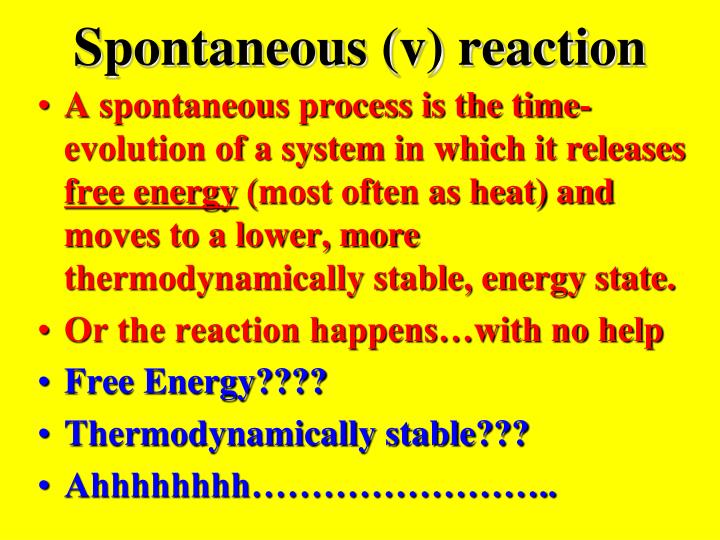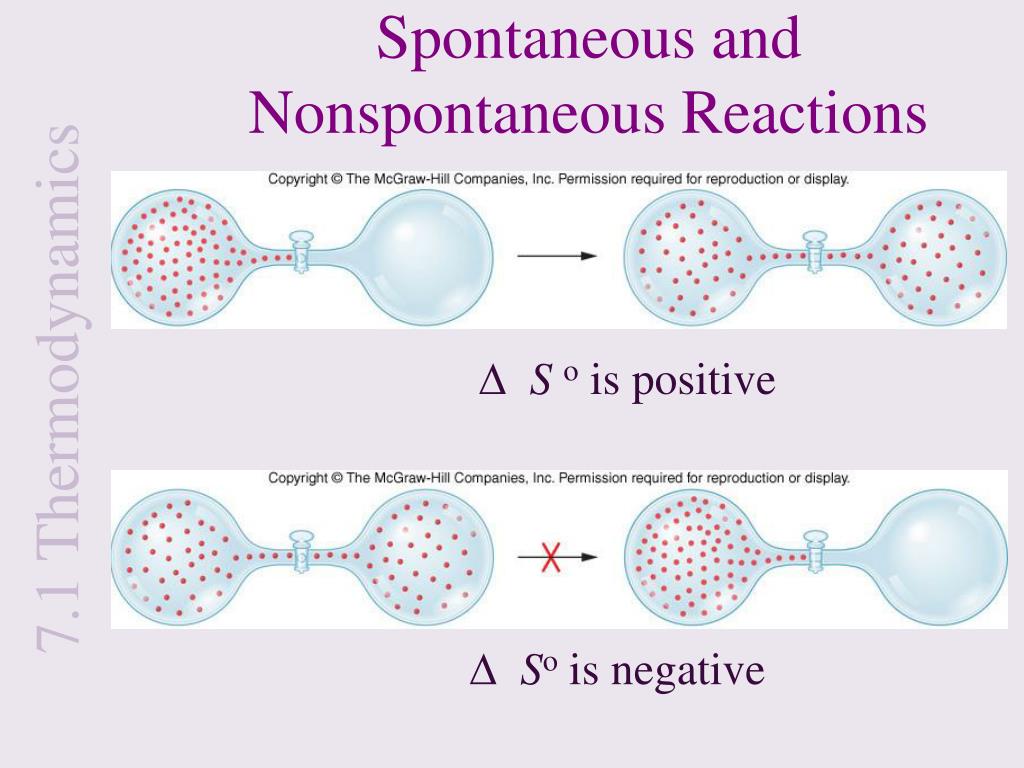

Ophthalmology 91:1411–1419Īmarasekera DC, Resende AF, Waisbourd M et al (2018) Steady-state pattern electroretinogram and short-duration transient visual evoked potentials in glaucomatous and healthy eyes. Hufnagel TJ, Hickey WF, Cobbs WH, Jakobiec FA, Iwamoto T, Eagle RC (1984) Immunohistochemical and ultrastructural studies on the exenterated orbital tissues of a patient with Graves ’ disease. StatPearls Publishing Copyright © 2022, StatPearls Publishing LLC., Treasure Island (FL)ĭolman PJ (2021) Dysthyroid optic neuropathy: evaluation and management. Clin Ophthalmol 16:841–850Īgarwal A, Khanam S (2022) Dysthyroid optic NeuropathyStatPearls. Tagami M, Honda S, Azumi A (2022) Insights into current management strategies for dysthyroid optic neuropathy: a review.

The ReHo index can be considered a diagnostic biomarker. Spontaneous brain activity differed between TAO with and without DON, which may reflect the underlying pathological mechanism of DON. For distinguishing DON, the ReHo values in LPCC showed optimal individually (AUC = 0.843), the combination of the ReHo in both the left insula and LPCC performed better (AUC = 0.915). ReHo values correlated with ophthalmic examinations to varying degrees in DON. Meanwhile, ReHo values were higher in LPCC in non-DON than in HCs. ReHo values were also significantly lower in the right middle temporal, left insula, and left precentral gyrus in DON than in HCs. ReHo values were significantly lower in the left insula and right superior temporal gyrus, and higher in the left posterior cingulate cortex (LPCC), of DON than of non-DON patients. ROC curves were applied to evaluate the diagnostic performance of ReHo metrics. Correlations between ReHo values and ophthalmological metrics were assessed for DONs, with Bonferroni correction for multiple comparisons ( p < 0.004).

ReHo values were compared using one-way analysis of variance (ANOVA) with post hoc pairwise comparisons (voxel-level p < 0.01, Gaussian random field correction, cluster-level p < 0.05). Methodsįorty-seven patients with thyroid-associated ophthalmopathy (TAO 20 with DON, 27 with non-DON) and 33 age-, sex-, and education-matched healthy controls (HCs) underwent fMRI. To investigate the brain functional alterations in dysthyroid optic neuropathy (DON) by evaluating spontaneous neural activity, using functional magnetic resonance imaging (fMRI) with regional homogeneity (ReHo), and its relationship with ophthalmologic performance.


 0 kommentar(er)
0 kommentar(er)
